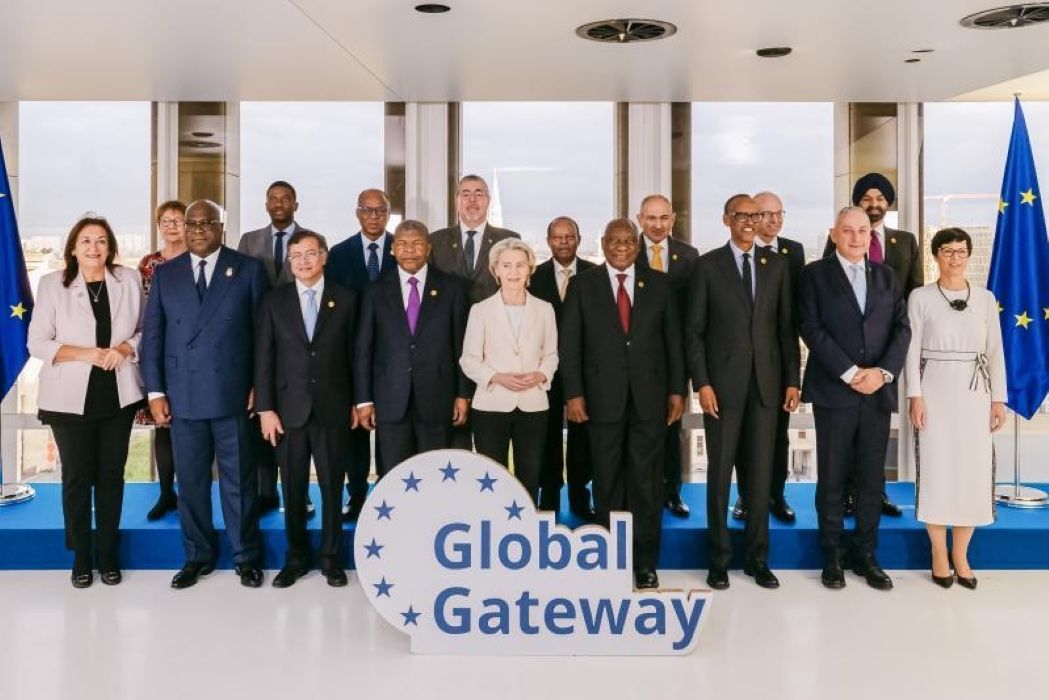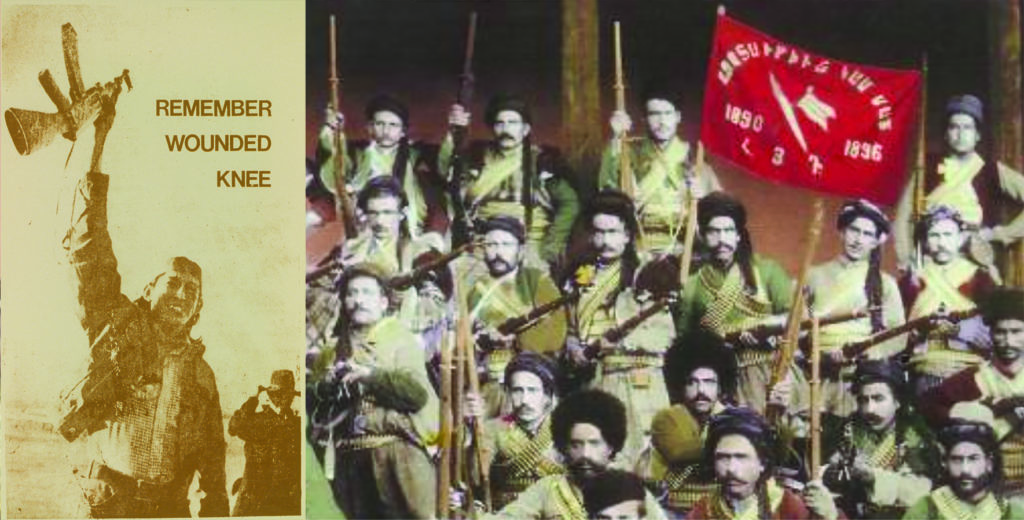
The Global Gateway Forum was held in Brussels last month. The event brought together heads of state from 12 countries, ministers from several others, the President of the European Commission, and representatives from EU institutions and the private sector. [1]
The Global Gateway is positioned as a key pillar of the EU’s reindustrialization agenda and is often viewed as a strategic counterpart to China’s Belt and Road Initiative. Nevertheless, the EU consistently stresses in its official policy documents that it is not engaging in competitive “great games.” [2]
During the Cold War, both blocs used major infrastructure projects—such as dams—as tools to attract Third World countries. This created a competitive arena for influence. After the 1970s, however, environmental concerns and neoliberal policies pushed infrastructure to the margins of the international development paradigm. Following the 2008 global crisis, infrastructure regained importance in development cooperation. Donors once again prioritized support for infrastructure in the Global South, this time with a focus on strengthening global supply chains and promoting spatial strategies such as corridors and special economic zones. [3]
However, the EU’s official development assistance (ODA) and investment support remain far below China’s in terms of scale. For example, at this year’s European Union (EU)–Central Asian Countries Summit, European Commission President Ursula von der Leyen announced a target of “mobilizing” €10 billion in Central Asia as part of the investment package. While this figure is often interpreted by the public as a direct grant, what is actually meant is not to provide €10 billion, but the potential investment volume that relatively limited public support is expected to leverage.
At this year’s Global Gateway Forum, the EU also signaled a stronger interest in involving Turkey in its projects. The forum’s Global Gateway Flagship Projects section highlighted a subheading titled “Expanding connectivity between the EU, Turkiye, and the Eastern Partnership towards Central Asia.”
Turkiye had previously been positioned more as an indirect actor within EU projects, with priority given to access to the Black Sea through Georgia. However, Georgian Dream’s dominance in parliament, its pro-Russia reputation, and its growing pressure on Western-oriented civil society, have raised doubts about Georgia’s reliability as a partner for infrastructure projects.
Consequently, the Turkiye–Caucasus link has gained increasing strategic importance for both the EU and the United States. Under the Memorandum of Understanding signed on August 8, 2025, to establish the Azerbaijan–Nakhchivan connection through Armenia, plans currently under discussion include granting the United States 99-year infrastructure development rights over a route corresponding to the Zangezur Corridor—rebranded as the “Trump International Route for Peace and Prosperity” (TRIPP).
At this point, reopening the Turkiye–Armenia border becomes a critical issue. The Pashinyan administration, following the stance of Armenia’s first president Ter-Petrosyan, argues that normalizing relations with Turkey aligns with Armenia’s national interests. Symbolic gestures—such as removing Mount Ararat from Armenian passport stamps —reflect this approach.
The Declaration of Independence in the Armenian Constitution—defining “Eastern Anatolia as Western Armenia” and stating that “recognizing the genocide is Armenia’s duty”—no doubt creates an obstacle also for Türkiye.
Support for the Global Gateway in the Caucasus —especially for the Zangezur Corridor—and Central Asia reflects the intersection of the West’s reindustrialization goals with its need to secure raw materials for green technologies, as Central Asia contains substantial deposits of such critical raw materials. Many also argue that these projects create opportunities for economic diversification and regional integration across the region. However, the environmental, political, and social criticisms associated with infrastructure-led development remain substantial.[4] Addressing these concerns requires an approach that acknowledges the political sensitivities of regional countries, includes local actors in decision-making, and aligns with long-term sustainable development goals. Without such an approach, these initiatives risk remaining symbolic elements of great-power competition rather than evolving into comprehensive projects that genuinely support regional development.
[1] Dr. Olaf Wientzek, Sven Nicolayi “Global Gateway Summit - New impetus for pragmatic partnerships”, Konrad Adenauer Stiftung, https://www.kas.de/en/country-reports/detail/-/content/global-gateway-summit-new-impetus-for-pragmatic-partnerships
[2] Rick Fawn (2021),” ‘Not here for geopolitical interests or games’: the EU’s 2019 strategy and the regional and inter-regional competition for Central Asia”, Central Asian Survey 41(4), 675–698.
[3] Seth Schindler, J. Miguel Kanai (2019), “Getting the territory right: infrastructure-led development and the re-emergence of spatial planning strategies”, Regional Studies 55(1), 40–51.
[4] A.g.e.
© 2009-2025 Avrasya İncelemeleri Merkezi (AVİM) Tüm Hakları Saklıdır
Henüz Yorum Yapılmamış.
-
 BİR YAZININ DÜŞÜNDÜRDÜKLERİ - 07.11.2022
BİR YAZININ DÜŞÜNDÜRDÜKLERİ - 07.11.2022
Ömer ZEYTİNOĞLU 09.11.2022 -
 TÜRKİYE-ERMENİSTAN İLİŞKİLERİ
TÜRKİYE-ERMENİSTAN İLİŞKİLERİ
Alev KILIÇ 11.04.2017 -
 ANCA’NIN NEFRET SÖYLEMLERİ İLE DISNEY PLUS’A BASKI YAPMASI
ANCA’NIN NEFRET SÖYLEMLERİ İLE DISNEY PLUS’A BASKI YAPMASI
Tuğçe TECİMER 02.08.2023 -
 AVRASYA ULAŞIM KORİDORLARI VE TÜRKİYE
AVRASYA ULAŞIM KORİDORLARI VE TÜRKİYE
Özge Nur ÖĞÜTCÜ 18.01.2017 -
ABD'NİN YENİ 11 EYLÜL'Ü
Mehmet KANCI 19.09.2012


